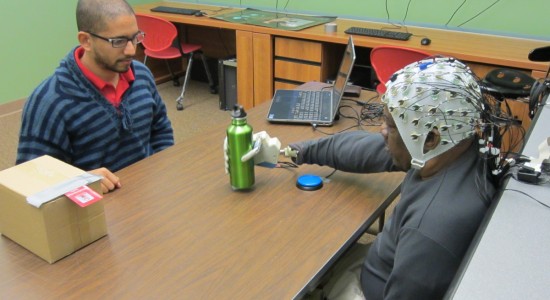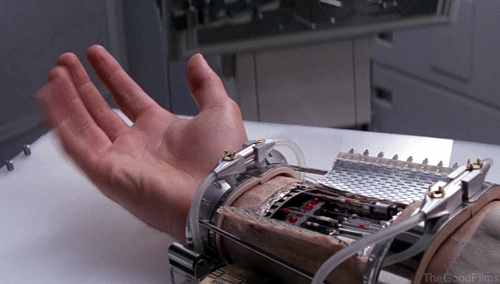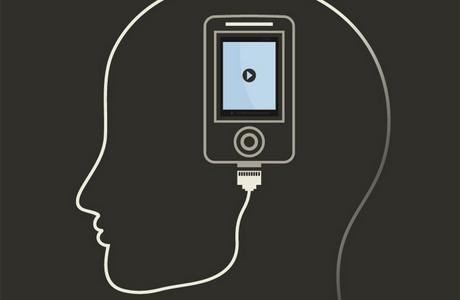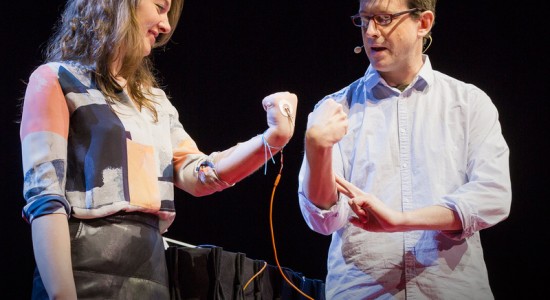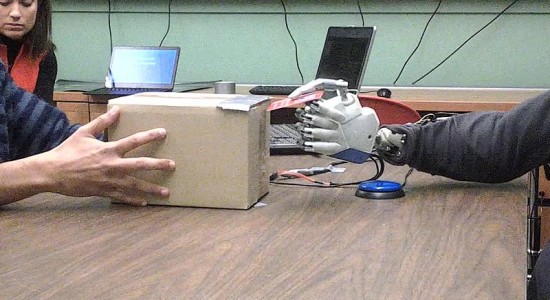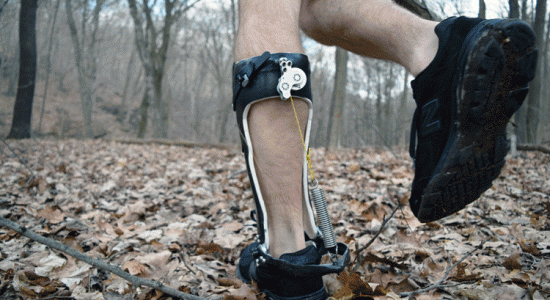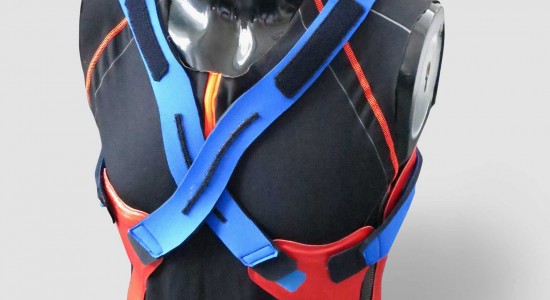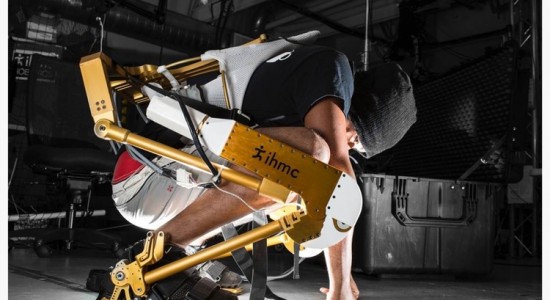ترجمه سیگنالهای EEG به سیگنالهای کنترل در دست گرفتن اجسام
Jose Contreras-Vidal، مسئول آزمایشگاه سامانههای واسط ماشین – انسان در دانشگاه هیوستون، پنج سال پرکار را سپری کرده است. در سال ۲۰۱۰ گروه وی امکان رمز گشایی حرکات سه بعدی دست را از راه رمزگشایی سیگنالهای مغزی EEG، به نمایش گذاشتند. آنها امسال یک گام فراتر نهاده و نشان دادهاند که این سیگنالهای رمز گشایی شده را می توان به حرکات دستهای مصنوعی ترجمه کرد. نشان دادن این موضوع نیاز به جراحی ندارد….

